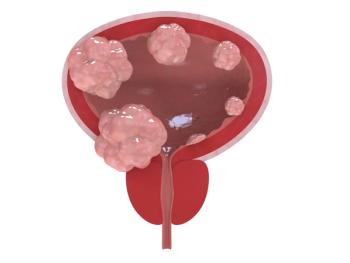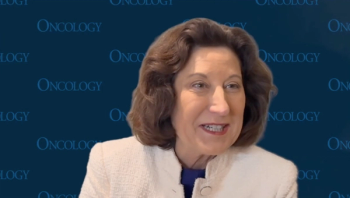
Oncology NEWS International
- Oncology NEWS International Vol 17 No 6
- Volume 17
- Issue 6
New codes needed for chronically ill pts
I recently attended a healthcare conference titled “Leadership Summit on Evidence-Based Medicine” in Alexandria, Virginia. As you know, private industry, insurance companies, and the government are trying to develop an evidence-based medicine approach to help check the growth of healthcare expenditures.
I recently attended a healthcare conference titled “Leadership Summit on Evidence-Based Medicine” in Alexandria, Virginia. As you know, private industry, insurance companies, and the government are trying to develop an evidence-based medicine approach to help check the growth of healthcare expenditures.
The esteemed speakers’ overarching conclusion was that there is currently no independent measurement of evidence-based medicine.
As you can guess, I was one of only a few speakers representing the interests of oncologists. After 3 days, I finally had an opportunity to comment. From the oncology perspective, my solution was simple: Create level six, seven, and eight E&M codes for chronically ill patient care. These codes could be utilized by any physician in any specialty providing chronic care.
For oncology, these new codes would solve the issue surrounding the failed lobbying for oncology treatment planning codes. Treatment planning never happened-even at our urging with a detailed proposal including documentation. As the AMA RUC Committee has stated in denying the new codes: Oncology treatment planning is recognized in the level five services.
These new level six, seven, and eight codes for the management of chronically ill patients would allow oncologists to be compensated for the complexity of their services and would clearly define the outcome measurements needed for applying evidence-based medicine to the treatment of these patients.
Articles in this issue
over 17 years ago
Who’s responsible for safety of outsourced drugs?over 17 years ago
New GnRH blocker degarelix quickly suppresses levels of testosteroneover 17 years ago
Evaluating lung cancer response to therapy: Thinking beyond RECISTover 17 years ago
NELSON trial sails on toward final results in 2015over 17 years ago
Novel breast probe reduces repeat surgeriesover 17 years ago
Radioactive microspheres benefit liver met ptsover 17 years ago
INTORACT trial of Torisel/Avastin in RCC is initiatedNewsletter
Stay up to date on recent advances in the multidisciplinary approach to cancer.

















































































